I’m on vacation with my family in the Bahamas right now. There are seventeen of us—nine adults and eight kids ranging from sixteen to eight months. It is LOUD, wild, and periodically perfect (when all the stars align).
We are staying in a little compound on top of a hill just south of Hatchet Bay. Eleuthera is a long skinny island and from our porch you can see the turquoise water of the Caribbean to the west and the dark blue of the Atlantic to the east. On the rocky track that spans the width of the island we pass large, murky lagoons (inland wetlands?) ringed with the tangled crowns of low, sun bleached shrubs (mangroves?). The effect is pretty dramatic. It reminds me of the elephant graveyard in The Lion King. I’ve spotted a few gallinules, egrets, and pintails but for the most part these lagoons seem quiet.
Being in a place like this always stirs up a lot of questions for me. What lives here? What are its bugs and bats? What is the health of the ecosystem?
Yesterday we wandered through the ruins of an old Club Med on our way to a deserted, pink sand beach. At our approach, a night heron flapped away from a giant tiled pool, half filled with rainwater. In its heyday, Club Med Eleuthera employed 60% of the island’s population. In 1999, Hurricane Floyd damaged the resort so extensively that it never reopened. After thirty years of complete neglect, it's a bizarre artifact of late 20th century indulgence, quickly returning to jungle. (There’s a great time capsule article from the New York Times on all of this from 2006 here)
I wonder what places like this looked and sounded like before modern development, before the whine of gas engines, plastic, and cell phones, before I could sit here with a cup of coffee and *surf the internet*. Who were the indigenous people that populated this archipelago for untold generations before being replaced by people stolen from Africa and brought here to build other’s fortunes?
But of course we can’t go back. And in a way, this is the very crux of Rewilding. Not going back—reimagining the future. There are many competing schools of thought that quibble over the exact definition, but for me, rewilding is about ecosystem restoration: rebuilding soil and rebalancing the hydrologic cycle, putting back native plants in order to support all life—birds, bats, butterflies, but also people. How do we all coexist in the most elegant, complimentary ways?
Yesterday morning, we left Land and Natalie with their grandparents (SLATHERED IN SUNSCREEN) and drove an hour-and-a-half south to visit The Island School. Claire Hunt, the daughter of a Charleston friend, is teaching at the school for the next three semesters and showed us around. At lunch (Bahamian ladies serving up coleslaw and green beans) we were joined by The Island School founder, Chris Maxey. Maxey—a former Navy Seal turned Rewilder with a boxer’s nose, weathered features, and clear blue eyes—seems to personify the no-frills-hard-work-big-dreams of The Island School.
Organized around the central question of how to live well in a place (God, that question is everything), The Island School hosts high schoolers from the US and abroad for a one hundred day immersive crash course in eco-island living. Beyond typical classes (math, social studies, etc.), students grow their own food, learn about marine ecology, become scuba certified, and solo in the wilderness for 48 hours. Perhaps the most earth shattering is that students are DEPRIVED OF THEIR PHONES for OVER THREE MONTHS. The semester terminates with either a four mile open ocean swim or a half marathon.
As we drove up island, I found myself thinking about rites of passage and what Eleuthera might be like in 2035 when Land is old enough for a summer semester. It’s tempting to only consider a deeply dystopian future of sea level rise, dead coral, and supercharged hurricanes. After all, this is what Hollywood and mainstream media seem hell bent on serving us at every turn (GET YOUR TICKET FOR MAD MAX VOL. 5! THE FUTURE IS VIOLENCE, FEAR, AND ISOLATION! ONLY THE STRONG WILL SURVIVE! BETTER YET, LET'S HEAD TO MARS!). But places like The Island School—those with the audacity to defy the dominant negative paradigm— have popped up everywhere, all around the globe, coolly doing the work of rewilding landscapes and the human heart. But you never hear about them unless you go out looking.
My sister overserved me last night at happy hour (I had nothing to do with it). After dinner I was on the porch watching the sun dip below the horizon with a nice, dreamy tequila buzz when a series of sharp notes grabbed my attention. Just above the tree line, a primordial bird vs insect dogfight was playing out. It was a pair of Antillean Nighthawks, long-winged, nightjars with beautiful brown patterning and two flashy white spots underwing. This was the first I’d seen of this species, but I’d fallen in love with their iconic cousins—Common Nighthawks—five years prior over the plains of central Montana. Birds are the best. Blame it on the tequila but you really have to hand it to them for pulling it all together and reminding you of what a brilliant, intricate and connected planet we live on. Take a second to google nightjars and make sure you’re sitting down.
Okay, you’ve waited patiently…
Goombay Smash (makes 2)
Ice cubes
6 tablespoons pineapple juice
1/4 cup orange juice
1/4 cup Malibu rum or other coconut-flavored rum
2 tablespoons light rum
2 tablespoons gold rum
2 tablespoons dark rum
2 pineapple wedges
2 orange slices
≤¬Fill cocktail shaker with ice; add pineapple juice, orange juice, and all rum. Cover and shake until very cold. Fill 2 short glasses with ice. Strain cocktail mixture over, dividing equally. Garnish with pineapple wedges and orange slices.


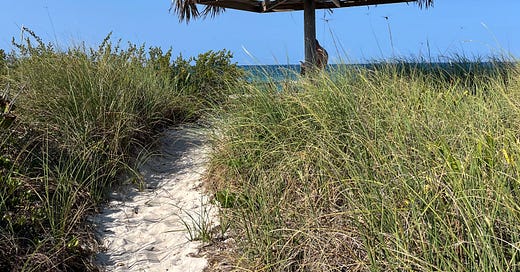


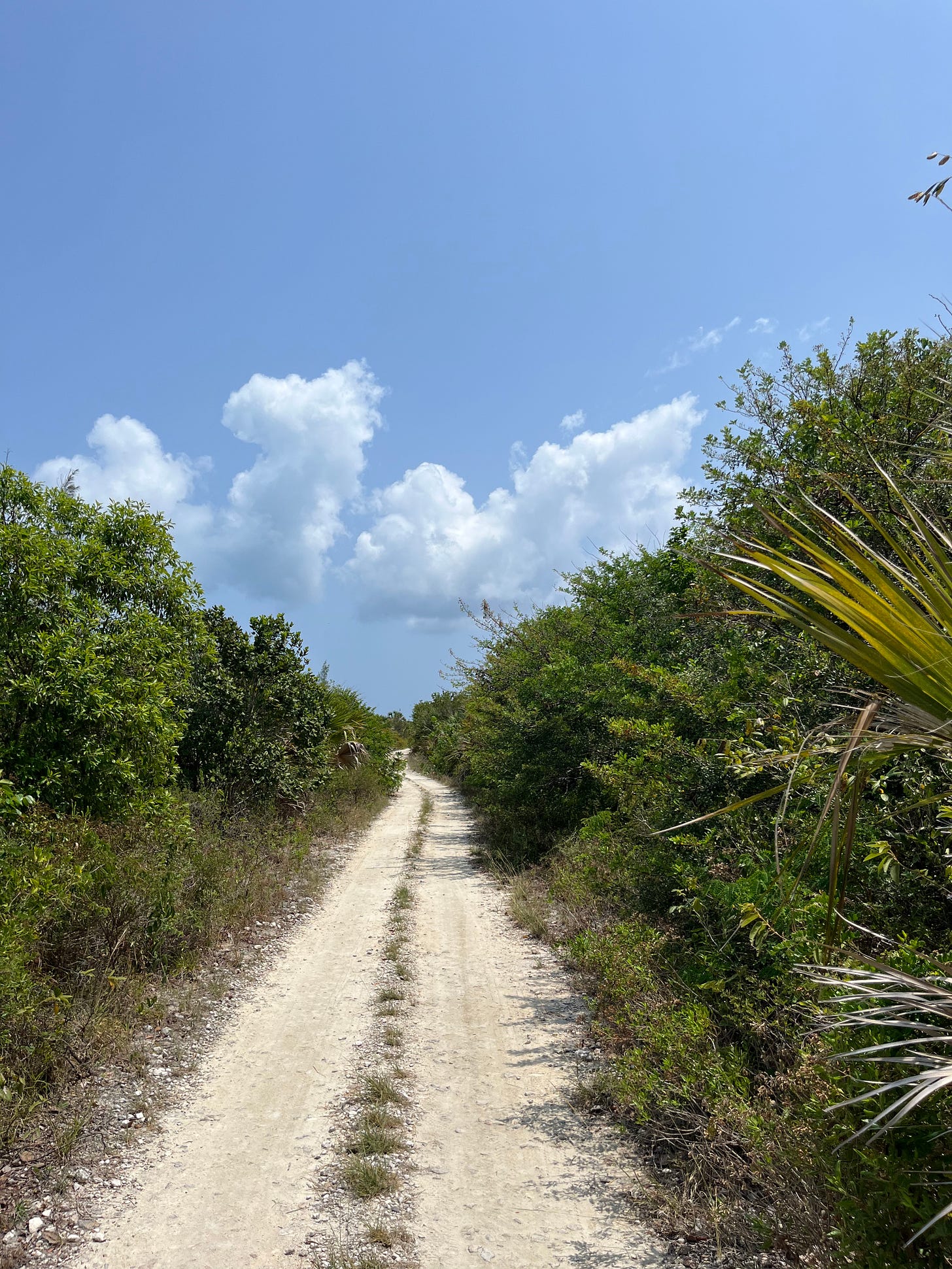
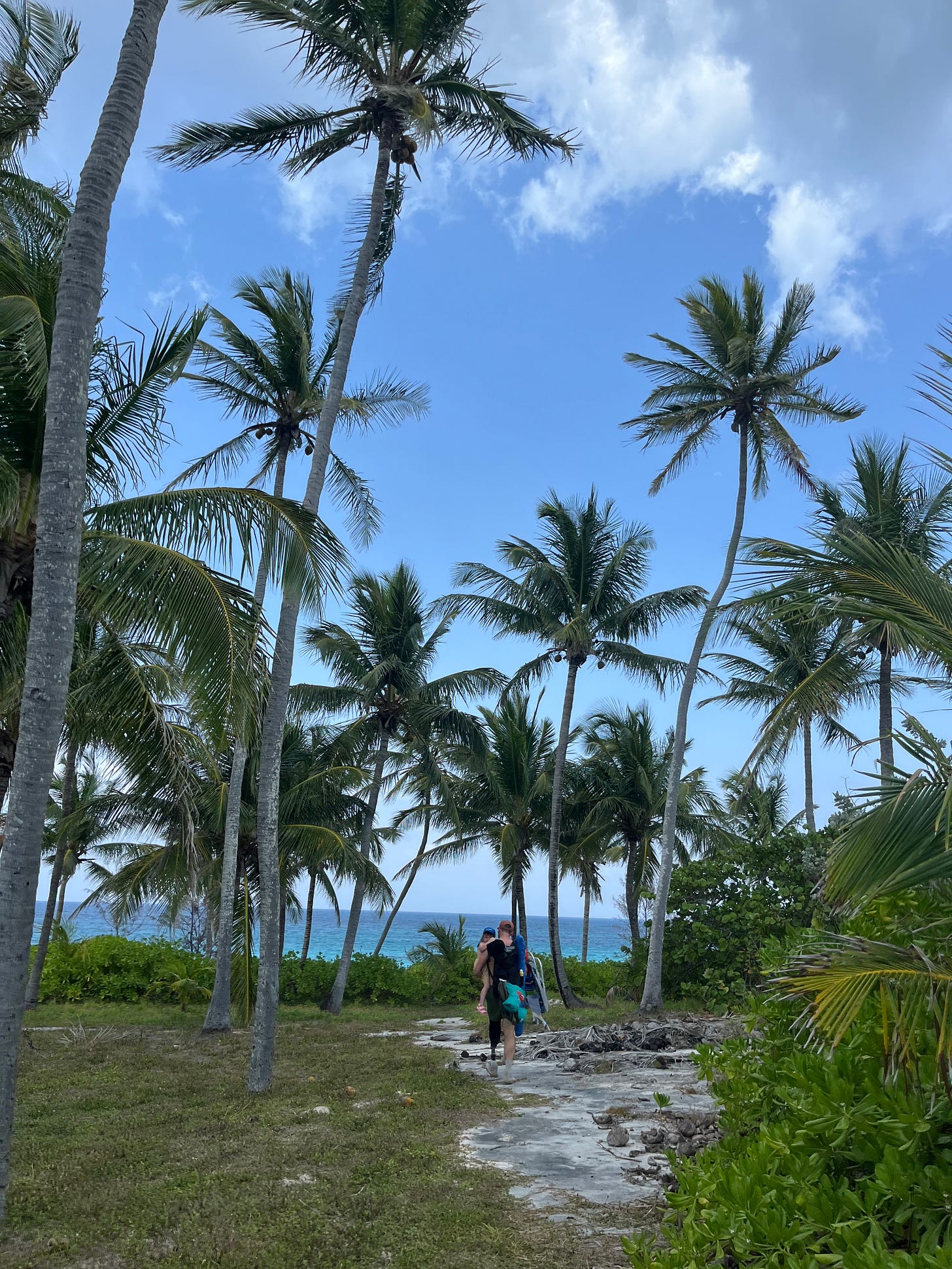
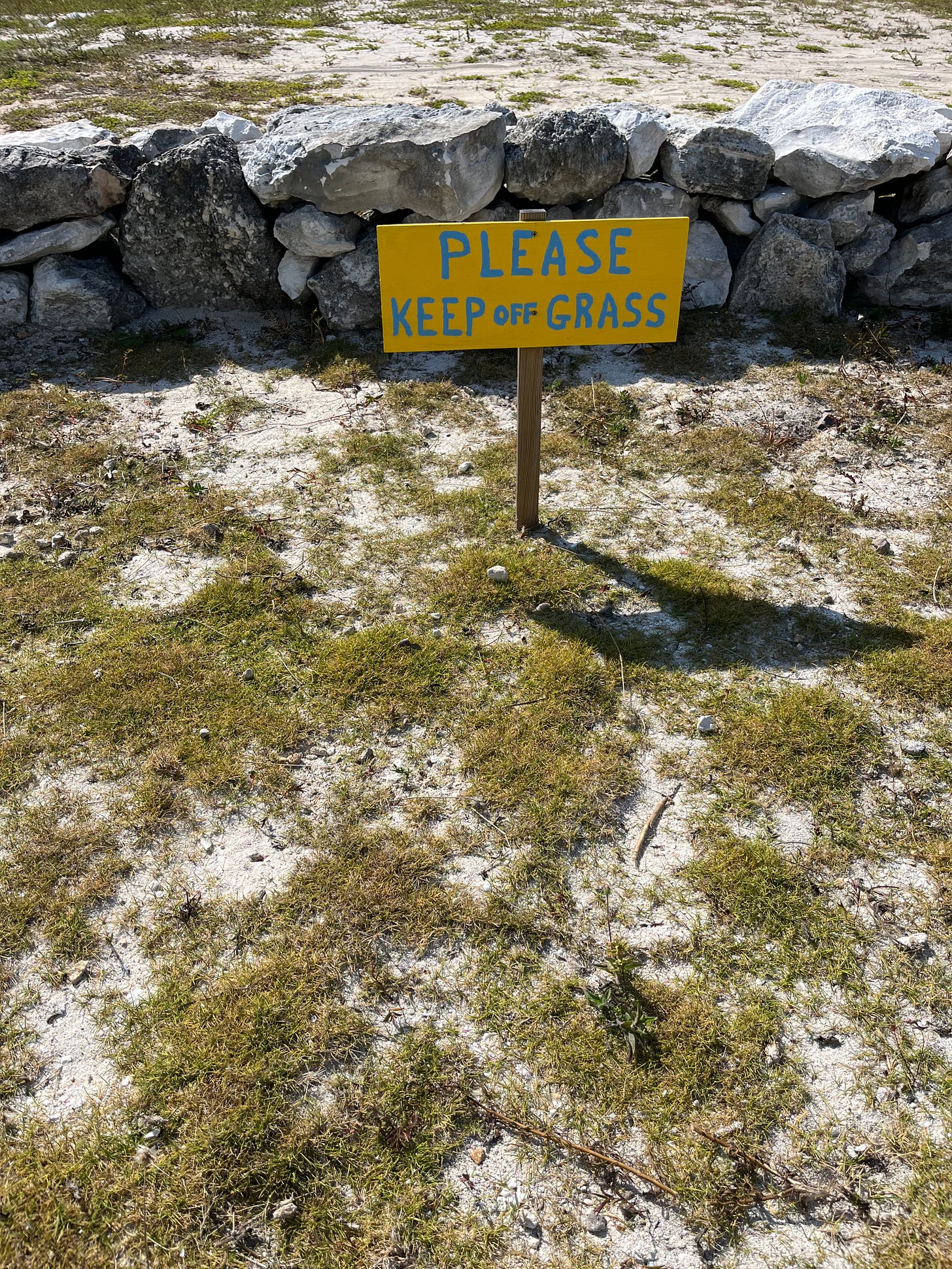
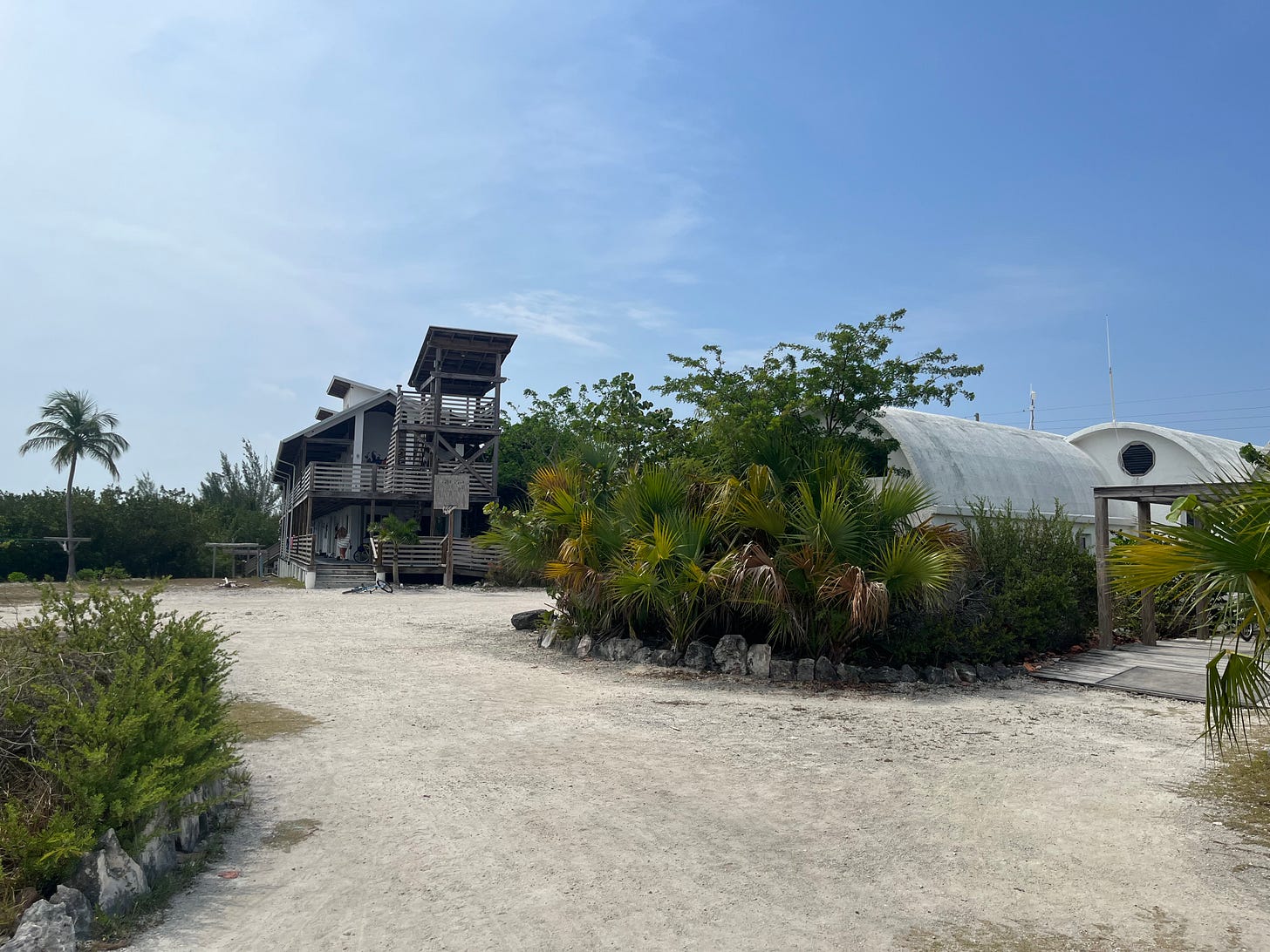
Wonderful article - loved it!